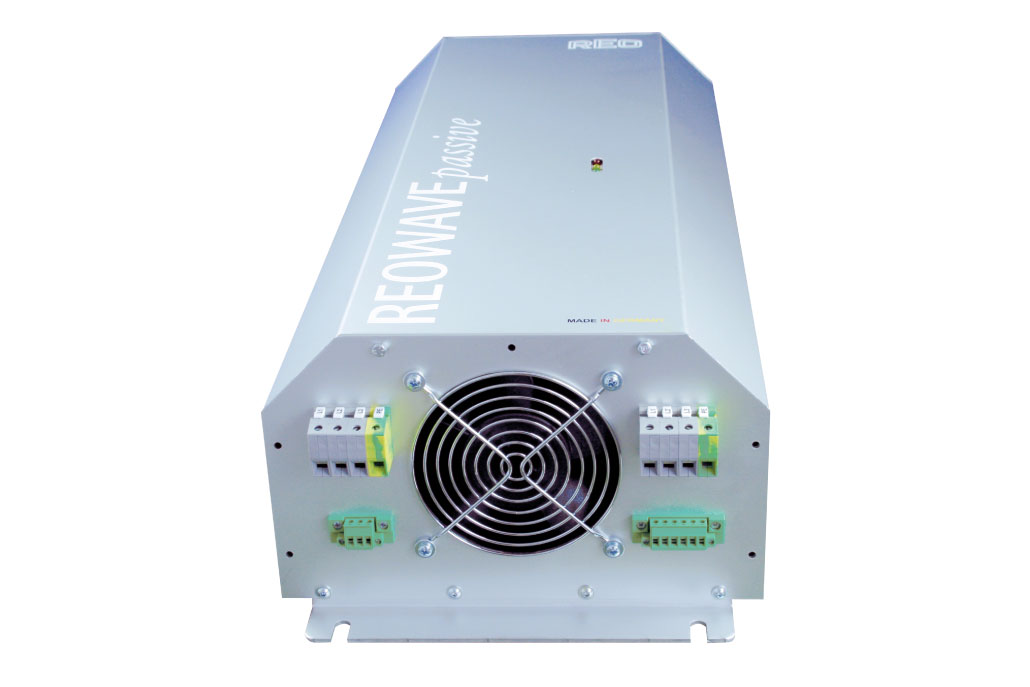For critical infrastructure, such as highways, bridges and pipelines, cathodic protection (CP) is a crucial tool for protecting assets from corrosion, such as rust, which can cause significant structural damage. If corrosion levels are not controlled, assets risk becoming unsafe and could face closure. Here Steve Hughes, managing director of power quality specialist REO UK, explains how harmonic currents negatively impact CP system effectiveness and how to protect against them.
Corrosion is a natural, electrochemical process where metals are gradually destroyed as part of two simultaneous chemical reactions. A common example of this is rust, where iron is electrochemically converted into hydrated iron oxides by oxygen and water. This involves two reactions, an anodic oxidation that destroys the iron and a cathodic reduction, occurring at the same time, with electron transfer between the anodic and cathodic cell through an electrolyte.
CP systems are used to protect metal structures from corrosion by making them the cathode of an electrochemical cell. This is accomplished by applying an external electric current to the structure, which drives electrons into the metal, making it more negative than the surrounding environment in terms of its electrochemical potential. This prevents the formation of a protective layer of corrosion products on the metal surface.
Typically, CP systems use rectifiers to convert AC power to DC. The switching from AC to DC and back by the rectifiers creates harmonic current waveforms that are multiples of the network frequency. This harmonic interference introduces several negative effects onto the network, including increased heating of the rectifiers and other equipment, increased voltage drop in the power lines, interference with other electrical equipment and reduced efficiency of the CP system..
Controlling harmonic interference
There are numerous ways to mitigate harmonic issues in CP systems, such as oversizing the rectifiers, using parallel rectifiers and using a power factor correction device. Oversizing the rectifiers can help to reduce the amount of harmonics that are generated. This is because the larger the rectifiers, the less likely they are to introduce harmonics into the power system.
Using parallel rectifiers can also help to reduce harmonic emissions. This is because the current flowing through each rectifier is reduced, which makes it less likely that harmonics will be generated. Using a PFC device can help to improve the power factor of the CP system. This is important because a high power factor can help to reduce the amount of harmonics that are generated. While effective, oversizing rectifiers and using parallel rectifiers adds significant cost to operations, so these are not always feasible solutions.
Generally, the most cost-effective way of reducing the negative effects of harmonic currents is to use harmonic filters. These are devices that are designed to filter harmonic currents from the power system. They can be installed either upstream or downstream of the CP system. Harmonic filters can be either passive or active. Passive filters use passive components, such as inductors and capacitors, to absorb harmonics. Active filters use electronic components to actively filter out harmonics.



